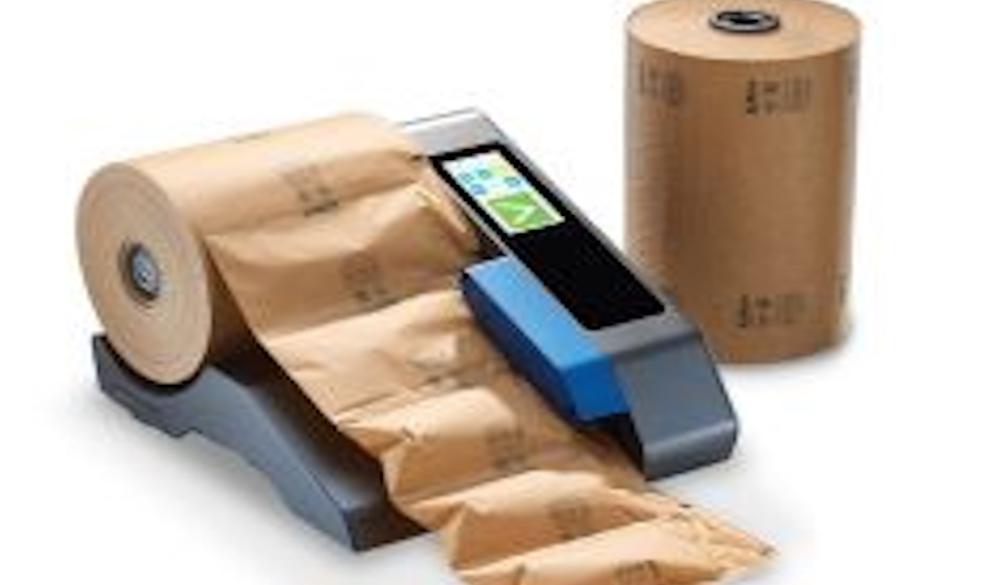The Impact of Eco-Friendly Packaging on the Environment

As environmental awareness grows, businesses and consumers alike are turning to eco-friendly packaging solutions to reduce their ecological footprint. In Australia, where sustainability is increasingly prioritised, the shift towards environmentally responsible packaging is making a significant impact. This article explores how eco-friendly packaging contributes to environmental preservation, the benefits it offers, and the challenges faced in its adoption.
Understanding Eco-Friendly Packaging
Eco-friendly packaging refers to materials and practices designed to minimise environmental impact throughout the lifecycle of the product. This includes packaging that is biodegradable, recyclable, compostable, or made from sustainable resources. Unlike traditional packaging, which often relies on single-use plastics and non-renewable materials, eco-friendly options aim to reduce waste and support the circular economy.
Reducing Plastic Waste
One of the most significant impacts of eco-friendly packaging is its role in reducing plastic waste. Plastics are notorious for their persistence in the environment, with many items taking hundreds of years to decompose. This accumulation leads to pollution of land and waterways, harming wildlife and ecosystems. By opting for packaging materials such as paper, cardboard, or bioplastics, businesses and consumers can help mitigate the problem of plastic pollution. In Australia, where marine pollution is a growing concern, reducing plastic waste through eco-friendly packaging is crucial for protecting coastal and marine environments.
Promoting Recycling and Circular Economy
Eco-friendly packaging often emphasises the use of recyclable materials, which supports the circular economy. Materials such as glass, aluminium, and certain types of paper can be recycled and repurposed, reducing the need for virgin resources and decreasing overall waste. Recycling not only conserves natural resources but also reduces energy consumption compared to producing new materials. In Australian cities, where recycling programmes are actively promoted, using recyclable packaging can enhance recycling rates and contribute to a more sustainable waste management system.
Supporting Biodegradable and Compostable Options
Biodegradable and compostable packaging materials offer an alternative to traditional plastics. These materials break down more quickly and safely, either through natural processes or industrial composting. For instance, compostable packaging made from plant-based materials like cornstarch or sugarcane can decompose within months, leaving no toxic residue. This contrasts sharply with conventional plastics, which can persist in the environment for centuries. By choosing biodegradable and compostable options, Australians can reduce landfill waste and contribute to a healthier environment.
Encouraging Sustainable Resource Use
Eco-friendly packaging often prioritises the use of renewable resources. Materials such as bamboo, recycled paper, and organic cotton are derived from sources that can be replenished or sustainably managed. This contrasts with non-renewable resources such as fossil fuels used in many traditional packaging materials. By supporting sustainable resource use, eco-friendly packaging helps preserve natural habitats and reduce the environmental impact associated with resource extraction and processing.
Challenges and Considerations
Despite the benefits, the adoption of eco-friendly packaging comes with its own set of challenges. Cost can be a significant barrier, as sustainable materials often come with a higher price tag compared to traditional packaging. Additionally, not all eco-friendly packaging options are created equal; some may still require specific conditions to break down or may not be as effective in protecting products. Ensuring that eco-friendly packaging meets performance standards while being genuinely sustainable requires ongoing innovation and research.
Consumer and Business Responsibility
Both consumers and businesses play a crucial role in the success of eco-friendly packaging initiatives. For consumers, making informed choices and supporting companies that prioritise sustainable practices can drive demand for eco-friendly products. For businesses, investing in sustainable packaging solutions and educating consumers about their benefits can enhance brand reputation and contribute to environmental conservation.
Conclusion
Eco-friendly packaging has a profound impact on the environment by reducing plastic waste, promoting recycling, supporting biodegradable options, and encouraging sustainable resource use. In Australia, where environmental sustainability is a key focus, the shift towards eco-friendly packaging represents a crucial step towards reducing ecological footprints and protecting natural resources. While challenges remain, the collective efforts of consumers and businesses can drive progress and foster a more sustainable future. Embracing eco-friendly packaging is not just a trend but a necessary commitment to environmental stewardship and responsible living.

